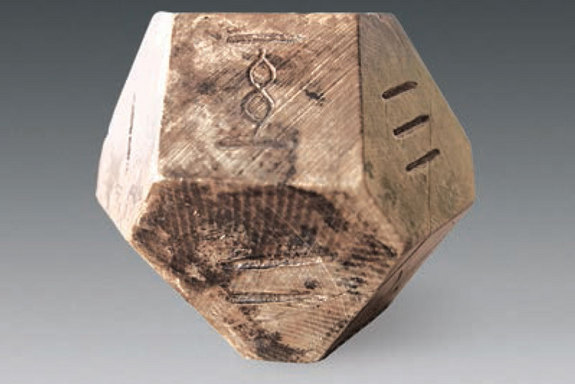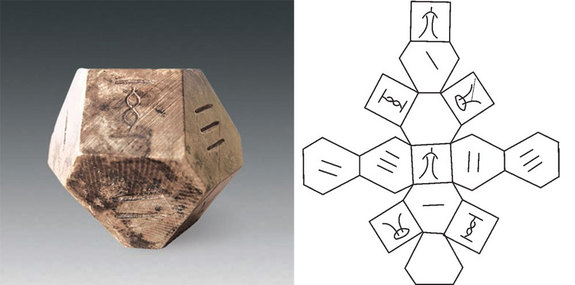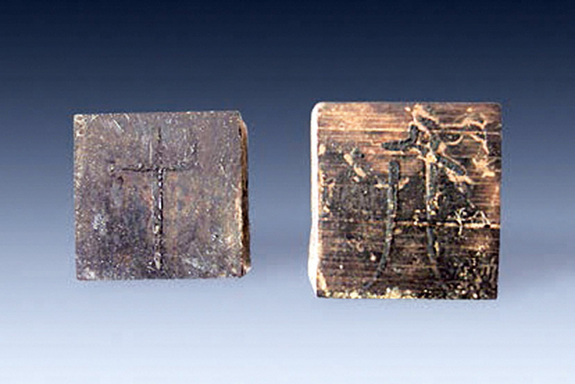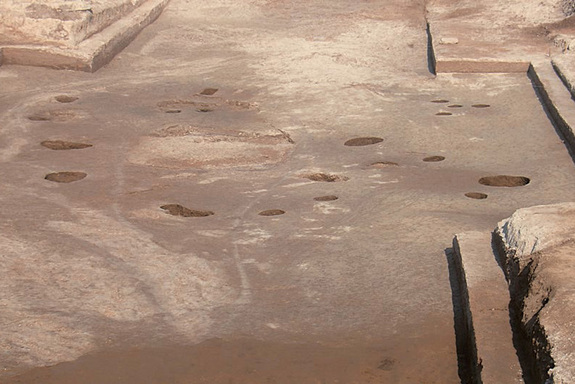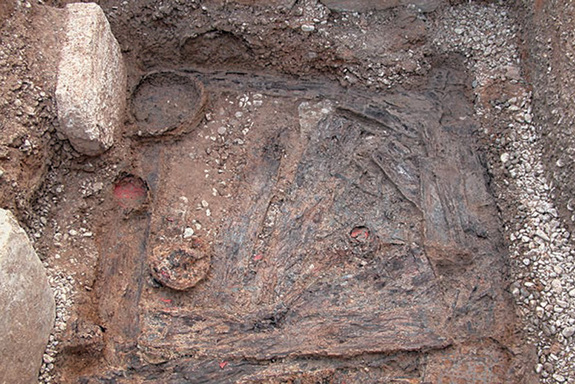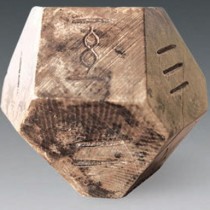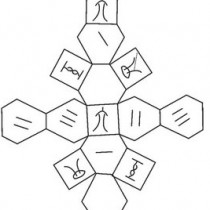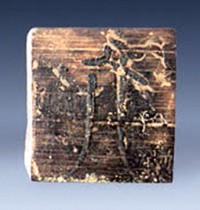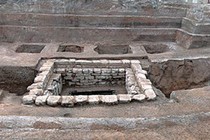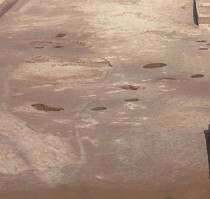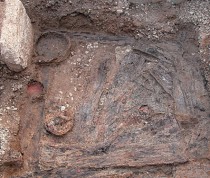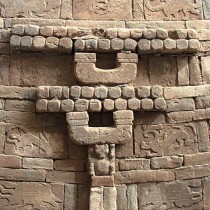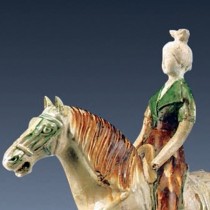Archaeologists in China have discovered an ancient board game in a looted 2,300-year-old tomb near Qingzhou City.
Among the pieces found there was a dice made of animal tooth and comprising 14 faces, as well as 21 rectangular game pieces with numbers painted on them and a broken tile. After reconstruction, the tile was found to have been decorated with two eyes, surrounded by cloud and thunder patterns.
Twelve faces of the die bare a type of ancient Chinese writing, known as “seal script”, numbering the faces from to 6. Two faces were left blank.
The pieces and artefacts seem to have been part of a game called “bo” or “liubo”, but researchers studying the game are not quite certain how it was played. A poem, though, by a man named Song Yu dated 2,200 years ago, includes information about the poem: “Then, with bamboo dice and ivory pieces, the game of Liu Bo is begun; sides are taken; they advance together; keenly they threaten each other. Pieces are kinged, and the scoring doubled. Shouts of ‘five white!’ arise” (translation by David Hawkes).
At the time the tomb was constructed, China’s several states were often in conflict with one another but archaeologists believe the tomb was meant to include burials of aristocrats from the state of Qi. The looters was rather large, measuring about 100 meters in length. Later looters robbed the tomb damaging parts of it in the process. They dug shafts, of which archaeologists found 26, and one of them was found to include a curled-up human skeleton, perhaps belonging to one of the tomb robbers.
Archaeologists from the Qingzhou Municipal Museum and Shandong Provincial Institute of Cultural Relics and Archaeology found the tomb in 2004. Excavations yielded findings which were first reported in 2014, in the journal Wenwu. Recently, the article was translated into English and published in the journal Chinese Cultural Relics.
